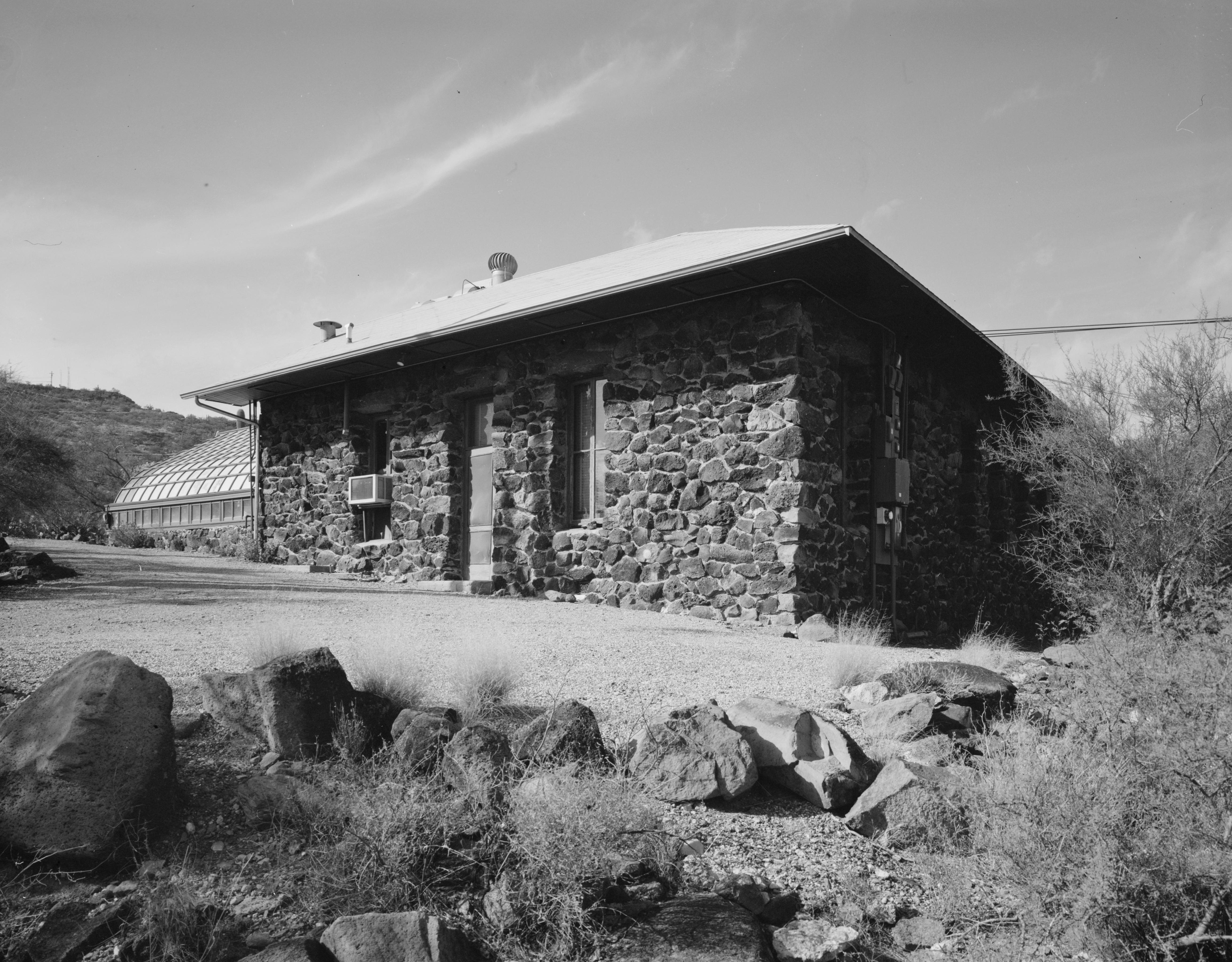Desert Laboratory on:
[Wikipedia]
[Google]
[Amazon]
 The Desert Laboratory is a historic biological research facility atop
The Desert Laboratory is a historic biological research facility atop
Official Desert Laboratory website
* , with additional surveys of individual building
Desert Botanical Laboratory, Main Laboratory Building, Tumamoc Hill, Tucson, Pima County, AZDesert Botanical Laboratory, Shop Building, Tumamoc Hill, Tucson, Pima County, AZDesert Botanical Laboratory, Chemistry Building, Tumamoc Hill, Tucson, Pima County, AZDesert Botanical Laboratory, Forest Service Building, Tumamoc Hill, Tucson, Pima County, AZ
Desert Laboratory Repeat Photography Collection
JSTOR article
Harpers Magazine 1911 article
(subscribers only) {{Pima County, Arizona Buildings and structures in Pima County, Arizona Sonoran Desert Buildings and structures completed in 1903 1903 establishments in Arizona Territory National Register of Historic Places in Tucson, Arizona National Historic Landmarks in Arizona Historic American Buildings Survey in Arizona
 The Desert Laboratory is a historic biological research facility atop
The Desert Laboratory is a historic biological research facility atop Tumamoc Hill
Tumamoc Hill ( ood, Cemamagĭ Doʼag) is a butte located immediately west of "A" Mountain and downtown Tucson, Arizona. It is home to many radio, television, and public safety transmitters. The 860-acre ecological reserve and U.S. National Histo ...
(O'odham
The O'odham peoples, including the Tohono O'odham, the Pima or Akimel O'odham, and the Hia C-ed O'odham, are indigenous Uto-Aztecan peoples of the Sonoran desert in southern and central Arizona and northern Sonora, united by a common herita ...
: ''Cemamagĭ Doʼag'') at 1675 West Anklam Road in Tucson, Arizona
, "(at the) base of the black ill
, nicknames = "The Old Pueblo", "Optics Valley", "America's biggest small town"
, image_map =
, mapsize = 260px
, map_caption = Interactive map ...
. It was founded by the Carnegie Institution
The Carnegie Institution of Washington (the organization's legal name), known also for public purposes as the Carnegie Institution for Science (CIS), is an organization in the United States established to fund and perform scientific research. T ...
in 1903 to study how plants survive and thrive in the heat and aridity of deserts, and was the first such privately funded effort in the nation. Beginning in 1906, numerous long term ecological observation areas were set up by Volney Spalding & Forrest Shreve on the scientific domain of Tumamoc Hill
Tumamoc Hill ( ood, Cemamagĭ Doʼag) is a butte located immediately west of "A" Mountain and downtown Tucson, Arizona. It is home to many radio, television, and public safety transmitters. The 860-acre ecological reserve and U.S. National Histo ...
. Nine of these are the world's oldest permanent ecology study quadrat
A quadrat is a frame, traditionally square, used in ecology, geography and biology to isolate a standard unit of area for study of the distribution of an item over a large area. Modern quadrats can for example be rectangular, circular, or irregul ...
s. The facility and staff were key contributors to what is now considered the science of ecology, including participating in the creation of the Ecological Society of America
The Ecological Society of America (ESA) is a professional organization of ecological scientists. Based in the United States and founded in 1915, ESA publications include peer-reviewed journals, newsletters, fact sheets, and teaching resources. I ...
in 1915 and the ''Ecology'' journal. Led by Spalding & Shreve, they also contributed innovations in conservation.
Part of it was declared a National Historic Landmark
A National Historic Landmark (NHL) is a building, district, object, site, or structure that is officially recognized by the United States government for its outstanding historical significance. Only some 2,500 (~3%) of over 90,000 places listed ...
in 1965.Ann Huston (September 1986) , National Park Service and The rest was added in 1987.
History
Acting on the authority of the Carnegie Institution of Washington,Frederick Vernon Coville
Frederick Vernon Coville (March 23, 1867 – January 9, 1937) was an American botanist who participated in the Death Valley Expedition (1890-1891), was honorary curator of the United States National Herbarium (1893-1937), worked at then was Chi ...
Botanist of the USDA
The United States Department of Agriculture (USDA) is the federal executive department responsible for developing and executing federal laws related to farming, forestry, rural economic development, and food. It aims to meet the needs of com ...
and Daniel T. McDougal of the New York Botanical Garden
The New York Botanical Garden (NYBG) is a botanical garden at Bronx Park in the Bronx, New York City. Established in 1891, it is located on a site that contains a landscape with over one million living plants; the Enid A. Haupt Conservatory, ...
chose Tumamoc Hill as the location of the Desert Laboratory in February, 1903. It opened in October of that year.
It is now operated by Tumamoc: People & Habitats, part of The University of Arizona's College of Science.
Walking up Tumamoc's Road
The public is welcome to walk up almost to the top of Tumamoc Hill. Walkers must stay on the road. Bicycles and pets are not allowed. And the very top of the Hill is an archaeological site where there is no unsupervised entry. Vehicular traffic restricted to authorized persons.https://tumamoc.arizona.edu/tumamoc-hill/walk-hillReferences
* "Discovering the Desert: The Legacy of the Carnegie Desert Botanical Laboratory" by William G. McGinnies, 276 pp, 1981External links
Official Desert Laboratory website
* , with additional surveys of individual building
Desert Botanical Laboratory, Main Laboratory Building, Tumamoc Hill, Tucson, Pima County, AZ
Desert Laboratory Repeat Photography Collection
JSTOR article
Harpers Magazine 1911 article
(subscribers only) {{Pima County, Arizona Buildings and structures in Pima County, Arizona Sonoran Desert Buildings and structures completed in 1903 1903 establishments in Arizona Territory National Register of Historic Places in Tucson, Arizona National Historic Landmarks in Arizona Historic American Buildings Survey in Arizona